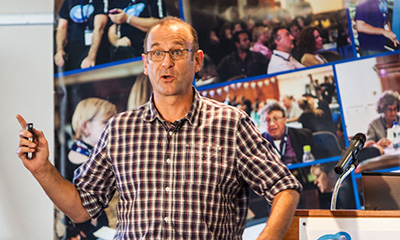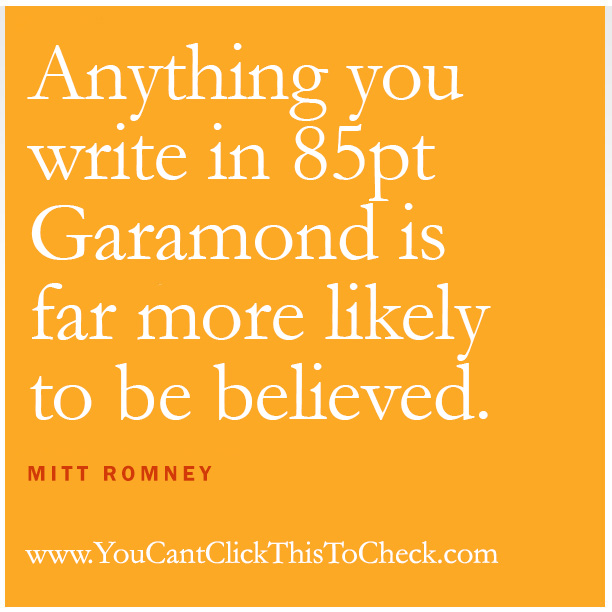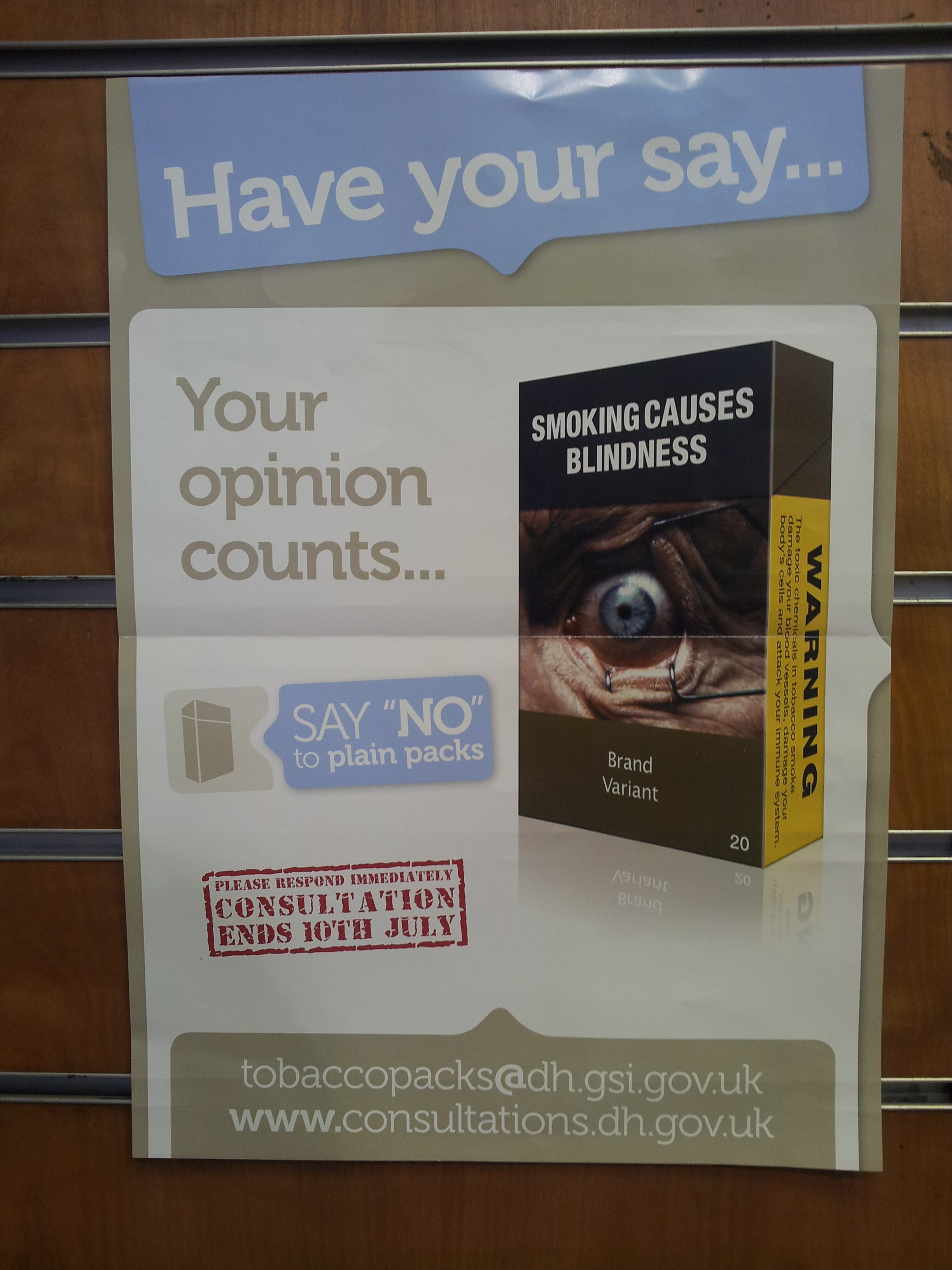
…for all the fun of the fair
There’s a good chance you’ll see something today, if you haven’t already, about a pseudonymous online character for whom life seems to have taken a very recent and very awkward turn.
This character specialises in winding people up in extreme ways, in generating and thriving on outrage, in what we call (safely, for once) “trolling”.
“Hello people with some particular cause to be sensitive, hello public servant, hello anyone who may disagree with me – you’re a c**t, this is why, and I’m actually really on your side for saying it. Oh, and one day you’ll thank me that I stood up for those rights.” “Listen to me, notice me, tell all your friends how outraged you are and hope they join in…yada yada yada.”
I’m not linking to or referencing the specific details here, as I avoid doling out troll food – but he seems to have bitten off a big one this time. Repeated taunting and goading of a community who not only have some pretty good reasons behind their pride and sensitivity, but also a track record (first successful petition to be debated in Parliament, anyone?) of organising and supporting each other.
And support blends seamlessly into the formation of a mob, and from there, the path to actual, real-world, nastiness can spiral upwards rather quickly.
Thing is, our Defender of Freedom didn’t really do the tightest job of hiding his real identity. Pieces to camera in his natural voice behind a mask; social media accounts under his pseudonym showing real people with real names, in identifiable locations. Almost like he wanted to be outed eventually. Hmm.
And now that doxxing has happened. Personal information is out there. Whether it’s accurate or not is anybody’s guess. Whether the entire episode is some extraordinary situationist stunt to promote a brand of soap is still a possibility. (Ok, it’s not.)
Did he want to be unmasked? Was the online attention not enough any more? Did some sort of martyrdom – however you want to interpret that – represent a fitting culmination to a sustained period of effort?
OK, so what’s my point here?
It’s one of those cases that features a regular theme on this site: the gap between nice, clearly-marked, “how-the-world-should-be” and its messy reality.
My opinion is that you can’t slip a fag paper through the logical thought process that says one should have the freedom to cause the potential for offence. Any attempt to lock out that freedom will fail to work, and even if it did, would take more away from us than it gave us back. Potential is of course an important word here: the online media he uses are seen “by choice”, not forced into people’s homes…yeah, right. It doesn’t work like that, of course. Rubbernecking always trumps rationality.
Yes, we’ve built rules like banning public incitement to hatred, but they don’t adapt easily to media where my choice to subscribe (or my friends’) drive what I see. That word “public” again… but this is getting into more detail than I intend to in this post.
Back to the point: which is that this case made me think about how reactions, and change, really work. You know, in the normal world.
Where I grew up, when things were changing fast, like going through school, being a teenager, finding your feet in a new area – there was a contrast between the official boundaries intended to guide behaviour, and the “corrections” that would be applied by the environment. Bluntly: if you really pissed somebody off, you’d get thumped. And the rules? Irrelevant. At some point, with enough sustained “correcting” going on, there might be a shift in the official rules to keep us all sane, and we’d all lumber onwards.
The first bit of that process might be brutal, and horrible, of course. But it’s what happens. You can say what you like – be as offensive as you like – but it doesn’t mean there won’t be consequences. They might not be legal. Or a Good Thing. But you can’t just vanish them away. Do I condemn any violent action that might result from a case like this? Yes. Do I see that it might also be an inevitable component of something more wide-ranging? Yes to that too.
We need corrections. They’re part of making change: whether that’s to a price, a set of laws or to the behaviour of a society.
There are no smooth dials on society – or levers that leaders can pull to make big things happen as planned. (From Gove to Pickles to Duncan Smith the reality of this is now hitting hard, but that’s definitely another post.)
In today’s example I can’t help feeling there’s a certain irony in a professed free-market libertarian being prepared to test the market – and its possible application of a correction – in quite such an extreme and personal way.
I am very interested to see how this plays out. And we should take an interest, perhaps from a distance – without lobbing in a ton of troll food – on how it does play out. It matters. The seismic societal change here is one where everyone can create content and reach an audience (or be reached by it). Despite a lot of fury on the internetz, there’ve been remarkably few examples of that boiling over into actual, tangible, harm.
We’ve had outrages about Daily Mail articles, we’ve had anger about privilege and so much else, but something about this one feels very different. Hard people are involved here. For whom the jokey “I’ll do time…” phrase beloved of Private Eye’s spoof comments thread may well have a different resonance.
“It’s all fun and games until somebody loses an eye” as they say.
We’ll see, won’t we.











